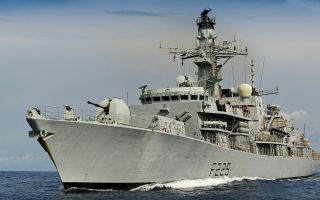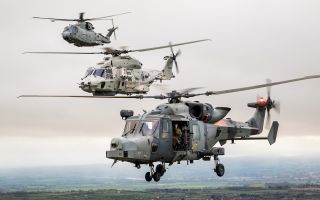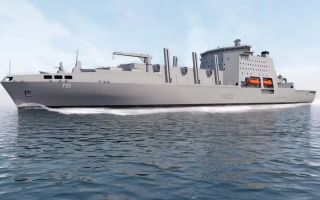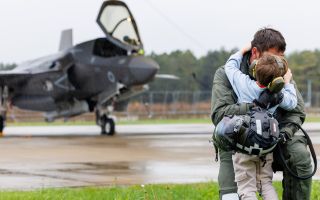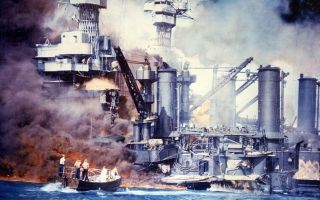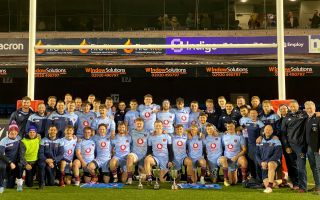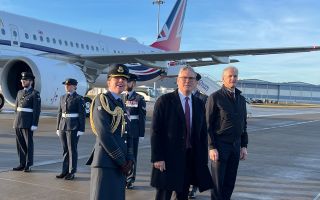Restoring A Rare WWII Aircraft: The Hawker Typhoon
Royal Air Force Typhoons protect the UK throughout the year and are deployed across the Middle East in operations against the terrorist group, ISIS.
But they're not the first RAF aircraft to bear its name.
In the Second World War, the Hawker Company made 3,317 Typhoon fighter aircraft.
Now a preservation group in East Sussex want to see the aircraft back in the skies again as a living memorial to the crews.
Currently, there is only one full replica of its kind as after service the aircraft was scrapped - rather than being sold on.
It's believed there were structural and engines problems in the mark 1A and 1B Hawker Typhoon.
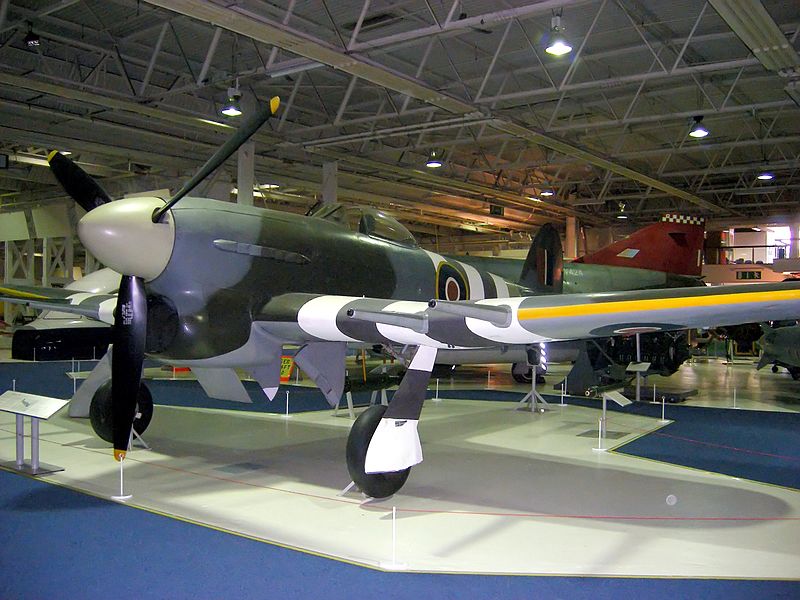
In a storage unit in Uckfield, a dedicated team of volunteers are trying to restore the Hawker Typhoon.
Sam Worthington-Lease, a trustee of the Hawker Typhoon Preservation Group, is currently working on the project.
He says it's "a rebuild rather than a replica, we are rebuilding an aircraft that already exists.
"We're going through every nut, bolt and rivet - assessing it for airworthiness and ultimately then putting it back together."
They've said they may have to rebuild some of the parts because of the condition of the aircraft.
Mr Worthington-Lease added: "The airframe is about 75 years old - there are parts that are still out there, either still buried that need to be recovered or in people's private or personal collections, or in museums, or even in shops.
"Just the other week we found a cowling panel in an antique shop in France."
This fuselage section of RB396 was found in a Holland museum.
The aircraft crash-landed in 1945.
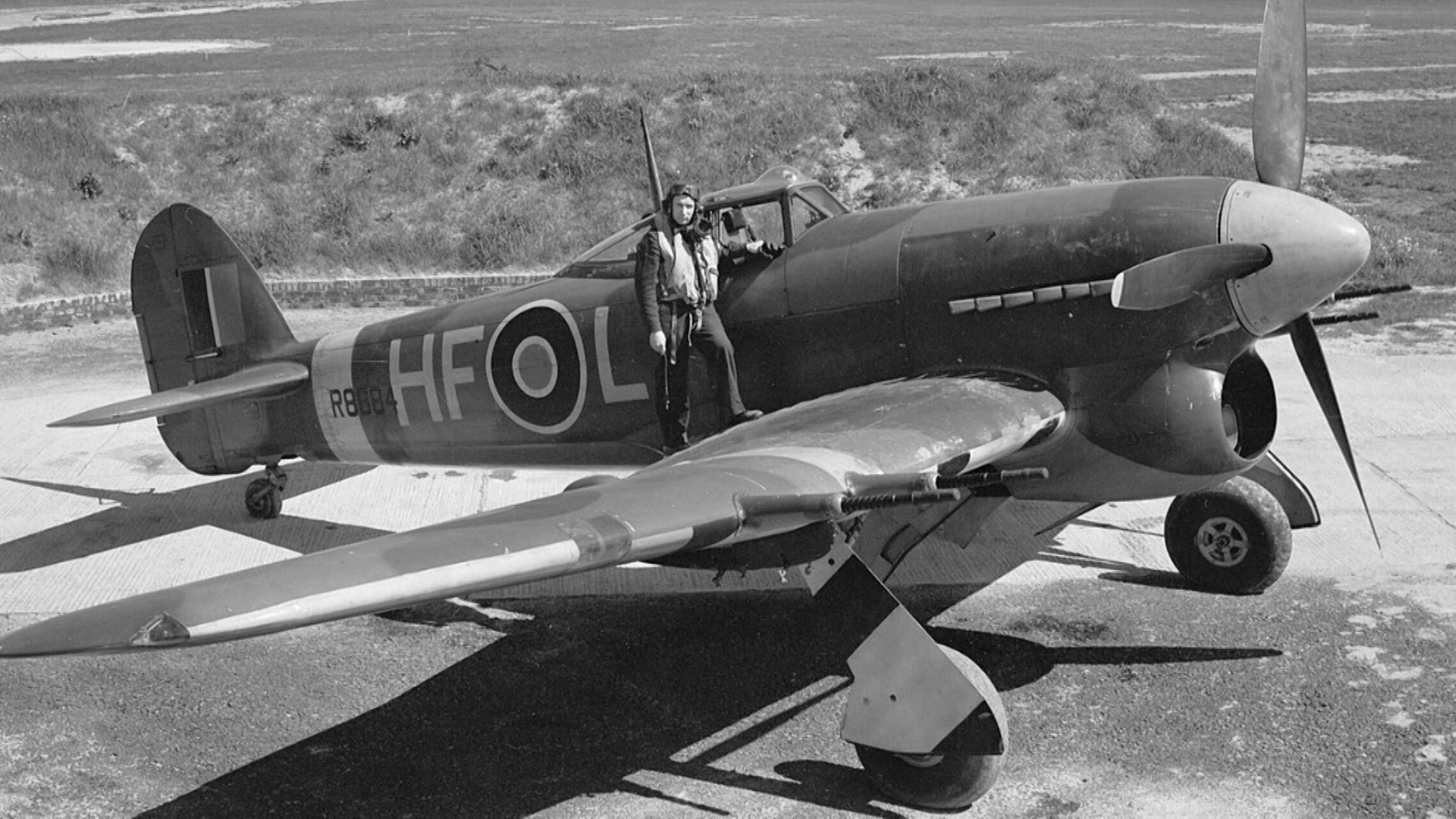
The Hawker Typhoon was later replaced by the Tempest.
The Typhoon was initially designed as a fighter, a replacement for the Hawker Hurricane, rushed into production in the heat of war.
But the thick wings didn't fly well above 10,000ft and there were issues with the tail - so the Typhoon developed a new life as one of the RAF's most successful low-level ground attack aircraft.
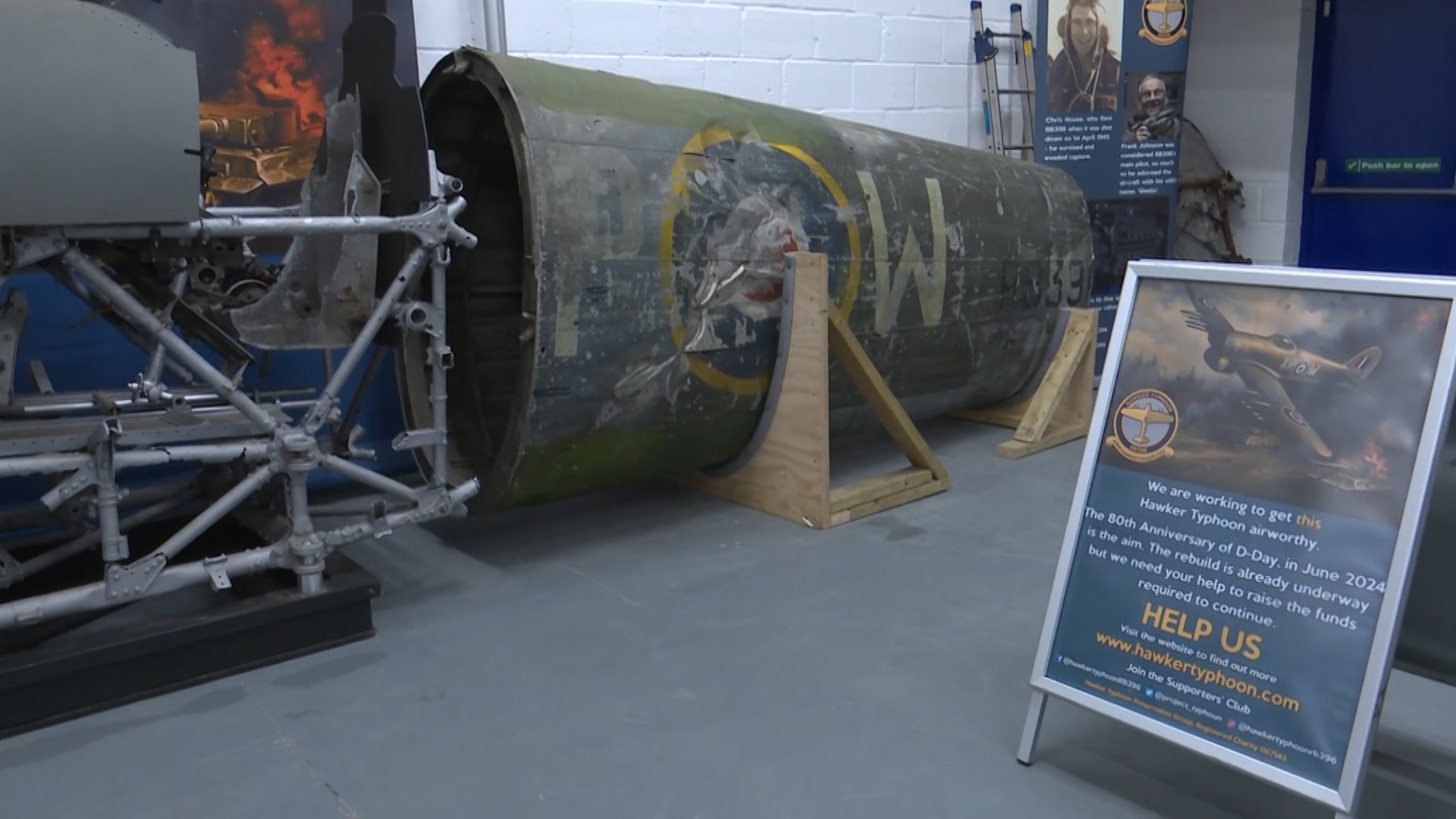
It's expected to take six years to rebuild and around £6million.
But if the team rebuild the aircraft, it will be the first to fly since the mid-1940's.
Tim Roberts is a volunteer who's currently working on the rebuild.
He says he joined to feel more connected to his father.
"My dad was a Typhoon engine fitter during the war.
"When this project was formed a couple of years ago I thought 'that sounds interesting' and I realised I didn't have a great deal of history about my dad.
"I'm involved because of my dad."
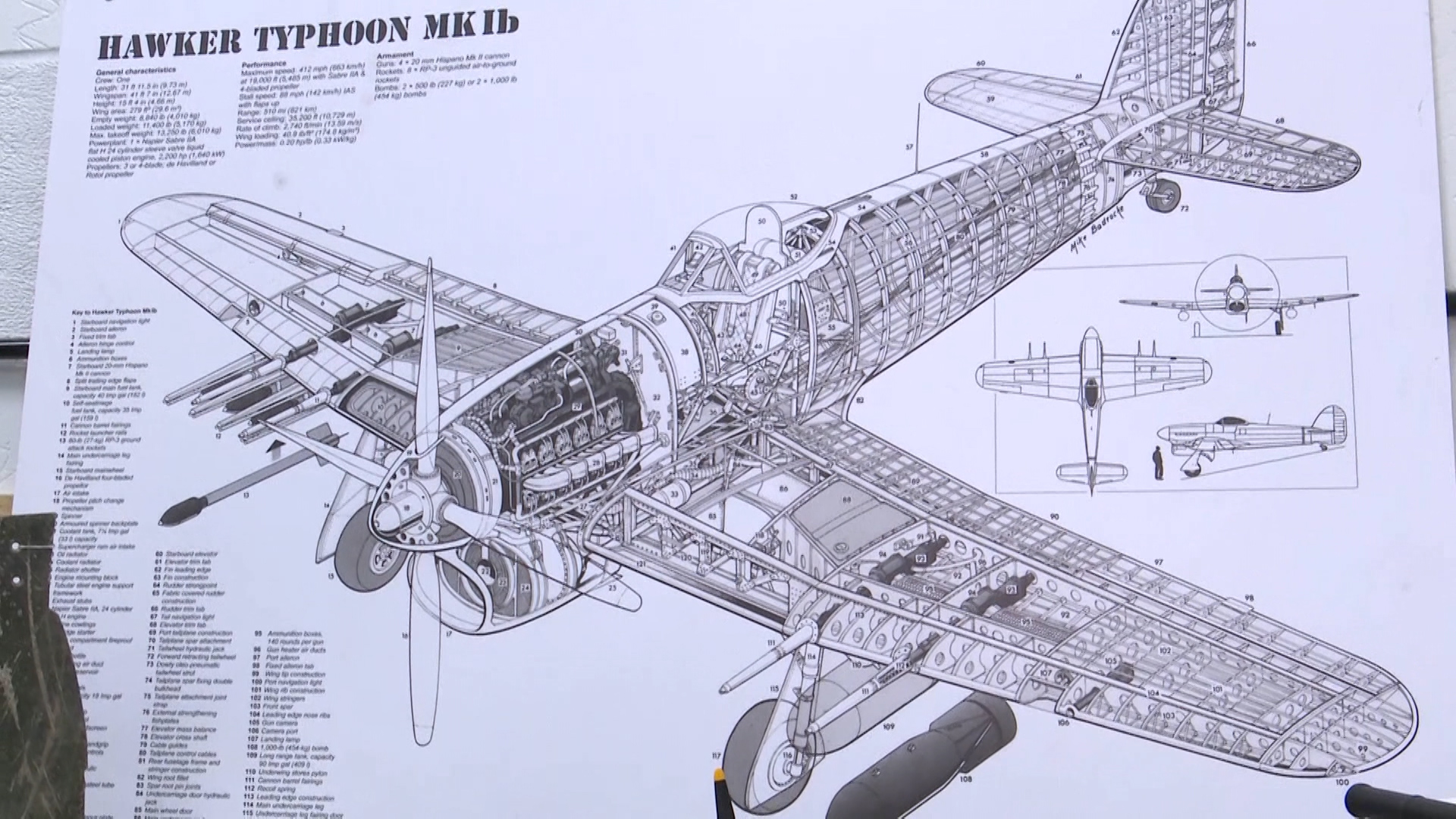
Cranwell University donated an original Napier Sabre engine, stored as new since 1946. With a rebuild, she'll help get RB396 in the air for the 80th anniversary of D-Day in 2024.

